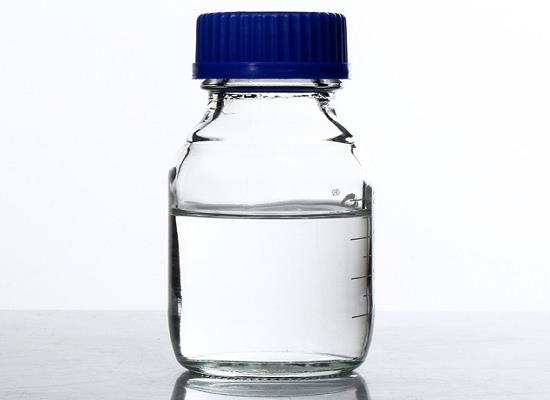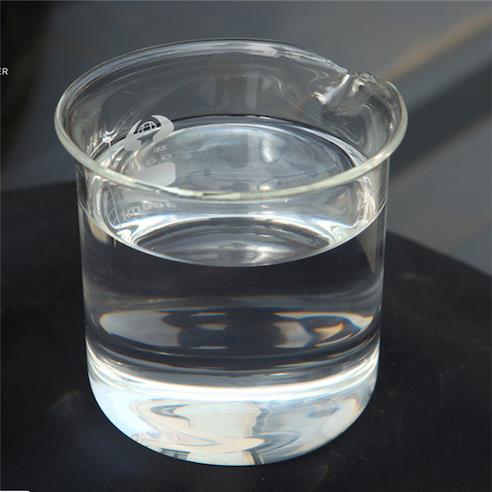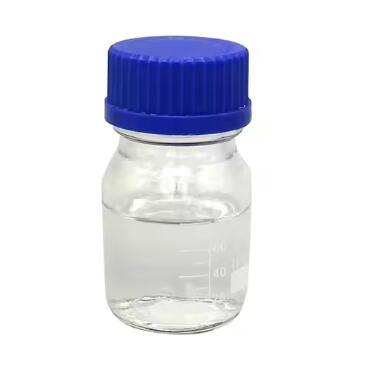2-Chlorobenzaldehyde: Chemical Properties, Pharmacokinetic Characteristics and Toxicity
General Description
2-Chlorobenzaldehyde is an organic compound with a chlorine atom attached to a benzene ring, exhibiting strong reactivity due to its aldehyde group. 2-Chlorobenzaldehyde shows unique pharmacokinetic characteristics in rats, rapidly eliminated via urine post-administration. Metabolite analysis reveals efficient metabolism to 2-chlorohippuric acid and benzyl alcohols. Toxicity studies suggest potential harm upon exposure, particularly in CS-related incidents. Overall, 2-Chlorobenzaldehyde serves as an intermediate in dye synthesis, necessitating proper handling and storage measures to mitigate flammability risks and toxicological implications.
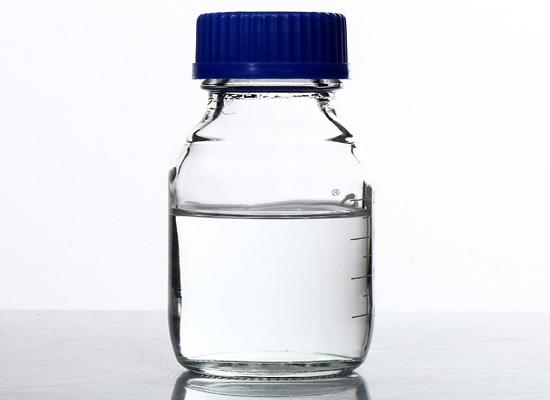
Figure 1. 2-Chlorobenzaldehyde
Chemical Properties
2-Chlorobenzaldehyde is an organic compound with a distinct aldehyde functionality and a chlorine atom attached to the benzene ring. Its molecular formula is C7H5ClO, and it possesses a molar mass of 140.567 g/mol. This colorless or shallow yellow oily liquid exhibits a strong aldehyde odor and is slightly soluble in water but soluble in ethanol, ether, acetone, and benzene. Structurally, the compound features a benzene ring with a chlorine atom substituted at the ortho position (adjacent to the aldehyde group). This substitution pattern influences its chemical properties, imparting unique reactivity and physical characteristics. The aldehyde group (-CHO) is responsible for its reactivity towards various nucleophilic reagents, enabling it to participate in a wide range of organic reactions. 2-Chlorobenzaldehyde has a boiling point of 211.9°C at 760 mmHg and a density of approximately 1.2±0.1 g/cm3. Its flash point is 87.8°C, indicating its potential flammability and the need for proper handling and storage measures. 2-Chlorobenzaldehyde is typically stored in sealed containers, kept in a cool and dry place to maintain its stability. 1
Pharmacokinetic Characteristics
2-Chlorobenzaldehyde exhibits distinct pharmacokinetic characteristics in rats. While no precise data on percutaneous absorption and cutaneous biotransformation are available, studies have investigated its absorption, distribution, and excretion following various administration routes. Upon intravenous (IV) and intraperitoneal (IP) administration in rats, (14)C-labeled 2-chlorobenzaldehyde showed rapid decline in plasma radioactivity over 24 hours, indicating efficient elimination. Conversely, cutaneous administration resulted in slow skin penetration with gradual increase and subsequent decline of plasma radioactivity over three days. The majority of radioactivity was excreted in urine, with minor amounts in feces and exhaled air. Notably, no evidence of skin storage or toxicity was observed post-cutaneous application. Metabolite analysis of 2-Chlorobenzaldehyde revealed similarities in urinary excretion patterns between cutaneous and systemic administration, with 2-chlorohippuric acid identified as the principal metabolite. However, quantitative differences were noted in the excretion of (14)C-2-chlorobenzyl alcohol. Notably, no parent compound was detected in urine, suggesting efficient metabolism. Further metabolic pathways of 2-Chlorobenzaldehyde malononitrile in rabbits indicated hydrolysis to 2-Chlorobenzaldehyde and malononitrile, with the toxic actions attributed to 2-Chlorobenzaldehyde. In rats, dosing with o-substituted benzaldehydes resulted in the excretion of mercapturic acids in urine, supporting a metabolic pathway via benzyl alcohols and sulfate esters to benzylmercapturic acids. Overall, the pharmacokinetics of 2-chlorobenzaldehyde involve rapid elimination, primarily via urinary excretion of metabolites, with minimal systemic accumulation or skin toxicity observed. These findings contribute to understanding its physiological fate and potential toxicological implications. 2
Toxicity
2-Chlorobenzaldehyde, a chemical compound existing in liquid or needle form, serves as an intermediate in the synthesis of triphenyl methane and related dyes, and is utilized as an organic intermediate. Regarding its toxicity, while human studies are lacking, animal studies provide insights. When a moist skin is exposed to the riot control agent 2-Chlorobenzaldehyde, it can lead to the production of 2-chlorobenzaldehyde alongside malononitrile, both in vitro and in vivo. In rabbits, after intravenous administration, CS undergoes hydrolysis, resulting in o-chlorobenzaldehyde and malononitrile as the primary metabolites. The toxic effects associated with CS exposure are attributed to o-chlorobenzaldehyde. Notably, when tested for genotoxicity in yeast without metabolic activation, o-chlorobenzaldehyde yielded negative responses. This highlights the potential toxicological implications of exposure to 2-chlorobenzaldehyde, particularly in the context of CS-related incidents. 2
Reference
1. 2-Chlorobenzaldehyde. National Center for Biotechnology Information. 2024; PubChem Compound Summary for CID 6996.
2. PubChem Annotation Record for o-Chlorobenzaldehyde. National Center for Biotechnology Information. 2024.
Related articles And Qustion
Lastest Price from 2-Chlorobenzaldehyde manufacturers
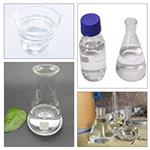
US $1.00/g2025-04-21
- CAS:
- 89-98-5
- Min. Order:
- 1g
- Purity:
- 99%
- Supply Ability:
- 1000kg

US $0.00/KG2025-04-21
- CAS:
- 89-98-5
- Min. Order:
- 1KG
- Purity:
- 99%
- Supply Ability:
- 10 mt

